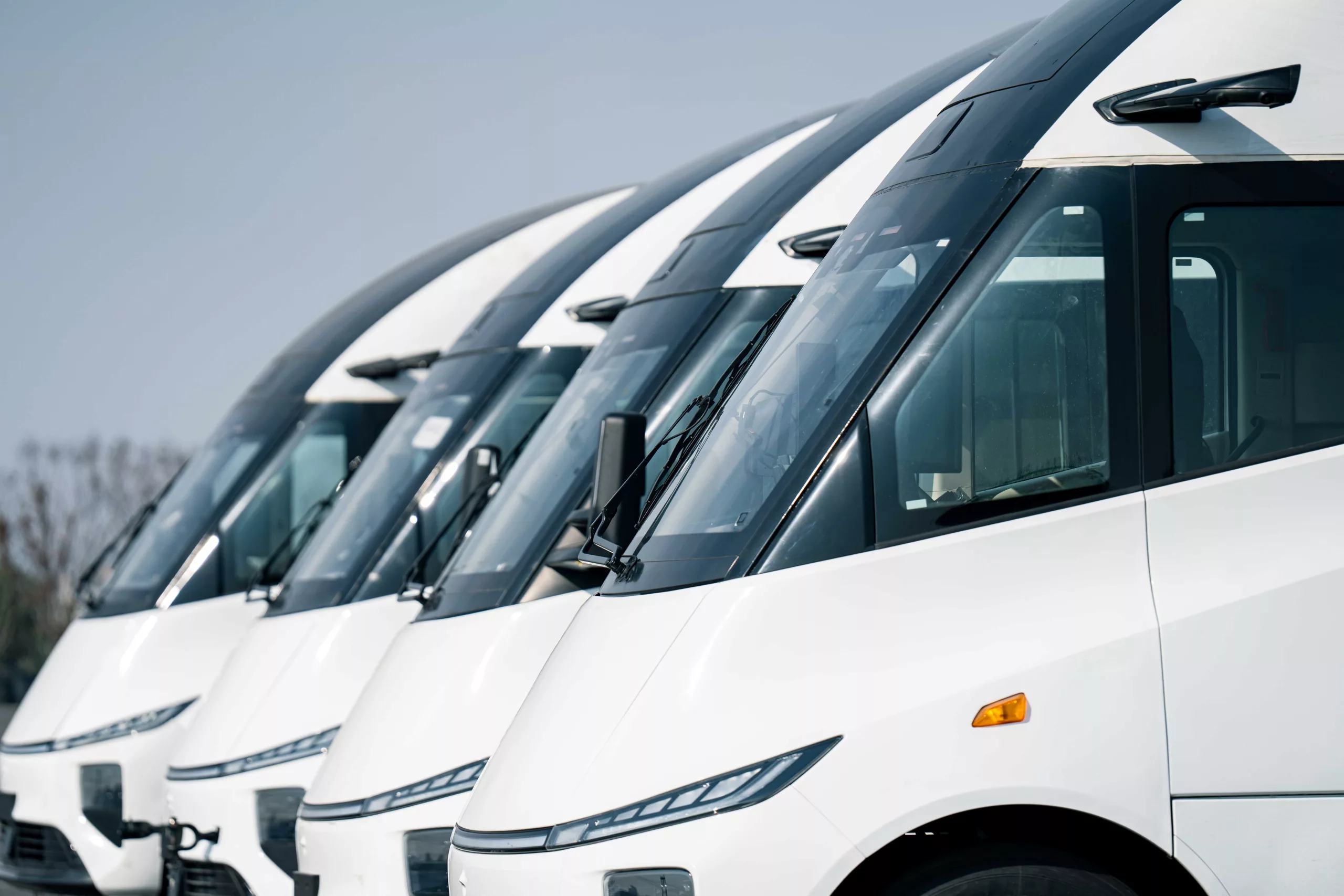In the next twenty to thirty years, a seismic shift is expected in the realm of domestic freight shipping as regions like India, Europe, China, and the US move toward electrification. The unique starting conditions of each geography play a significant role in determining their respective paths toward this goal.
Advancements in Electric Freight Trucks
China has made a bold entry into the electric freight market with Windrose Technology delivering a heavy-duty truck capable of shouldering 49 metric tons, inclusive of its load. With an impressive 600 km range, it sets a competitive benchmark, though the figure is based on company claims and awaits real-world verification. In North America, the Tesla Semi, a Class 8 truck, purports an 800 km range, which was backed by the North American Council for Freight Efficiency’s testing in 2023 under ideal circumstances.
Enhancing these electric heavyweights’ attractiveness is BorgWarner’s rapid megawatt-scale charging tech, which pledges to add 400 km of range in a mere 36 minutes, presenting a practical solution that aligns well with trucking operation schedules.
The Economics and Practicality of Electrified Roads
Electric roads have stirred conversations among experts as they could revolutionize the trucking industry. According to scholars like Cambridge’s David Cebon and Jakob Rogstadius of RISE, electrified roads could lower the financial burden of decarbonizing transportation when considering current battery technology. Still, I contend that advancements in battery energy density and cost reductions will ultimately favor battery-electric solutions, though the transition could be complicated and costly.
Global Precedence of Electric Freight in China
Assessing the likelihood of electrified road systems, I found that China stands out for its preference for battery-electric over fuel cell vehicles on its roads, signaling a potential global trend. However, the mass adoption of electrified road systems in China hasn’t materialized yet. The absence of large-scale electrified freight systems, despite the presence of electrified trolley buses and trains, suggests other factors in play.
Challenges of Implementing Electrified Road Systems
China might be well-positioned to leap into the domain of electrified roads, with its remarkable capabilities in infrastructure development and electric rail transit. However, these advantages haven’t yet translated into widespread implementation of electrified road systems. This puzzle led me to compare the movements of freight through rail, water, and road across various regions, revealing intriguing patterns in the ways these geographies handle their domestic freight.
Adaptation Across Geographies
In India, for instance, an aggressive push toward freight rail electrification is underway, whereas the reliance on road freight appears less significant when considering the vast highway kilometers. Europe’s road freight density stands out, but with a public less than enthusiastic about the sight of more power lines. And while China seems perfectly poised to pursue electrified roads, it might opt instead for enhancing its already impressive electrified rail infrastructure, aligning with its strategic export goals.
Looking Ahead: The Future of Electric Freight
On top of its development in electric trucks and trains, China has commenced the use of battery-electric freight ships, indeed pioneering a greener future in maritime shipping as well. India and other nations could potentially follow suit, leaning on their coastal and inland waterways for more carbon-neutral shipping options.
Ultimately, despite the economic and environmental rationale for electrified road systems, practical challenges and competing technological advancements may limit their deployment. Robust and widespread establishment of megawatt-scale chargers could provide an alternative path and may prove a simpler solution in regions like China, Europe, and potentially India. Nonetheless, the shift towards electrifying freight systems is both an economic and pragmatic venture that continues to shape the transportation sectors across the globe.
